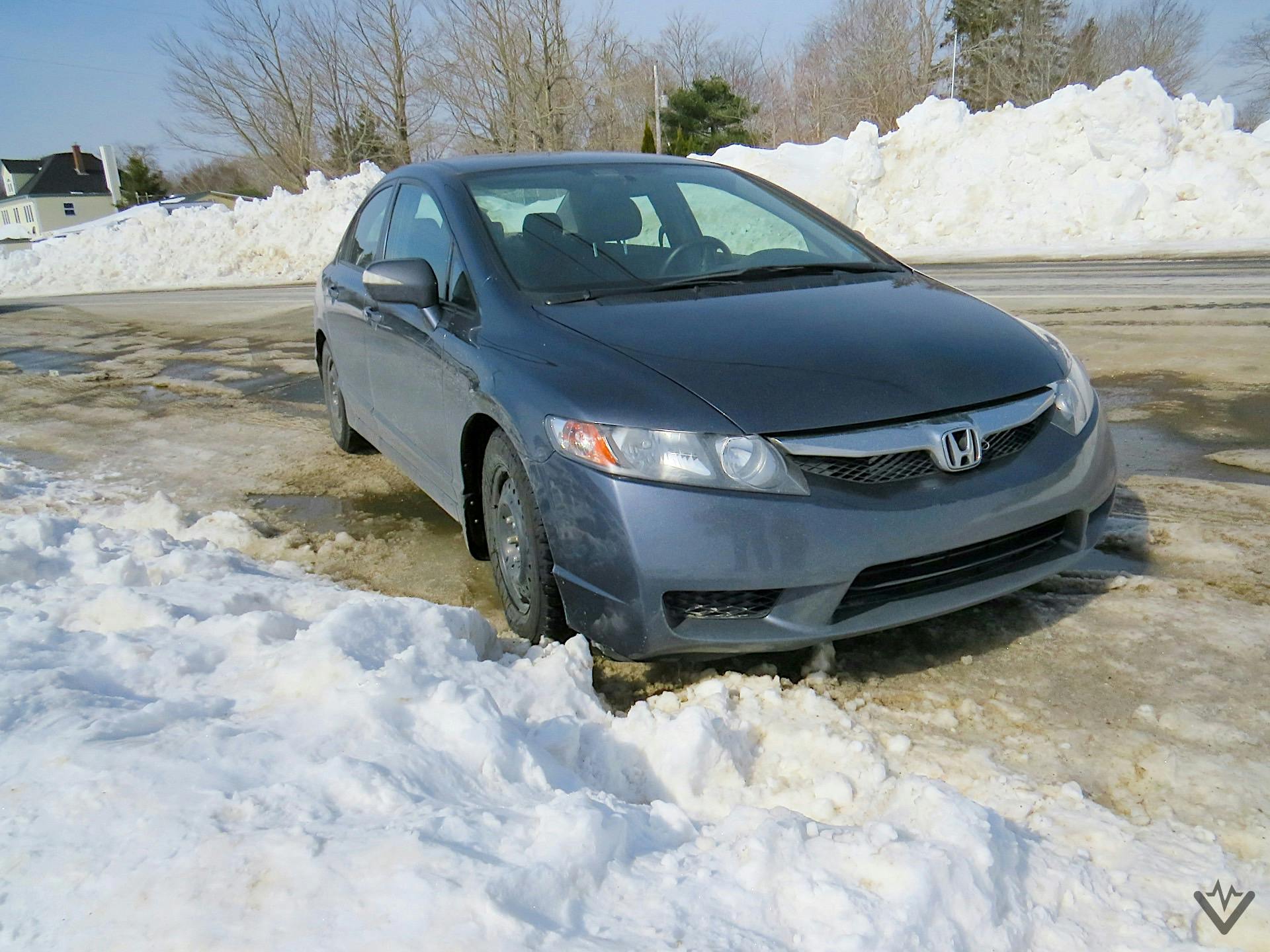Mainstream hybrids and EVs have been around for more than two decades but every time I hear a conversation about them it’s like they’re some sort of bleeding-edge mystery that has yet to be explored by modern engineering. They’re full of worries about long-term reliability and the fear of expensive battery changes. I’m here to put that to rest. This is my story of more than 200,000 miles behind the wheel of what might be the worst model of hybrid ever built: The second-generation Honda Civic Hybrid.
Was that a strange model to choose for a car buyer in 2011? Well, yes, and that’s probably how I ended up in it. An 80-mile or so each way commute and very high gas prices meant I needed something more efficient without breaking the bank. The go-to choice, a gently-used Prius, was still nearly as expensive as new and I had resigned myself to a conventional ride until I found the HCHII. There were about a dozen of them for sale in my town, all a year and a half old, with around 30,000 miles on the clock. Even better, they were all priced at around $14,000, or a little less than half of new. So after a few test drives where I saw close to 50 mpg, I found the color I wanted, we made a deal and I felt like a bandit.
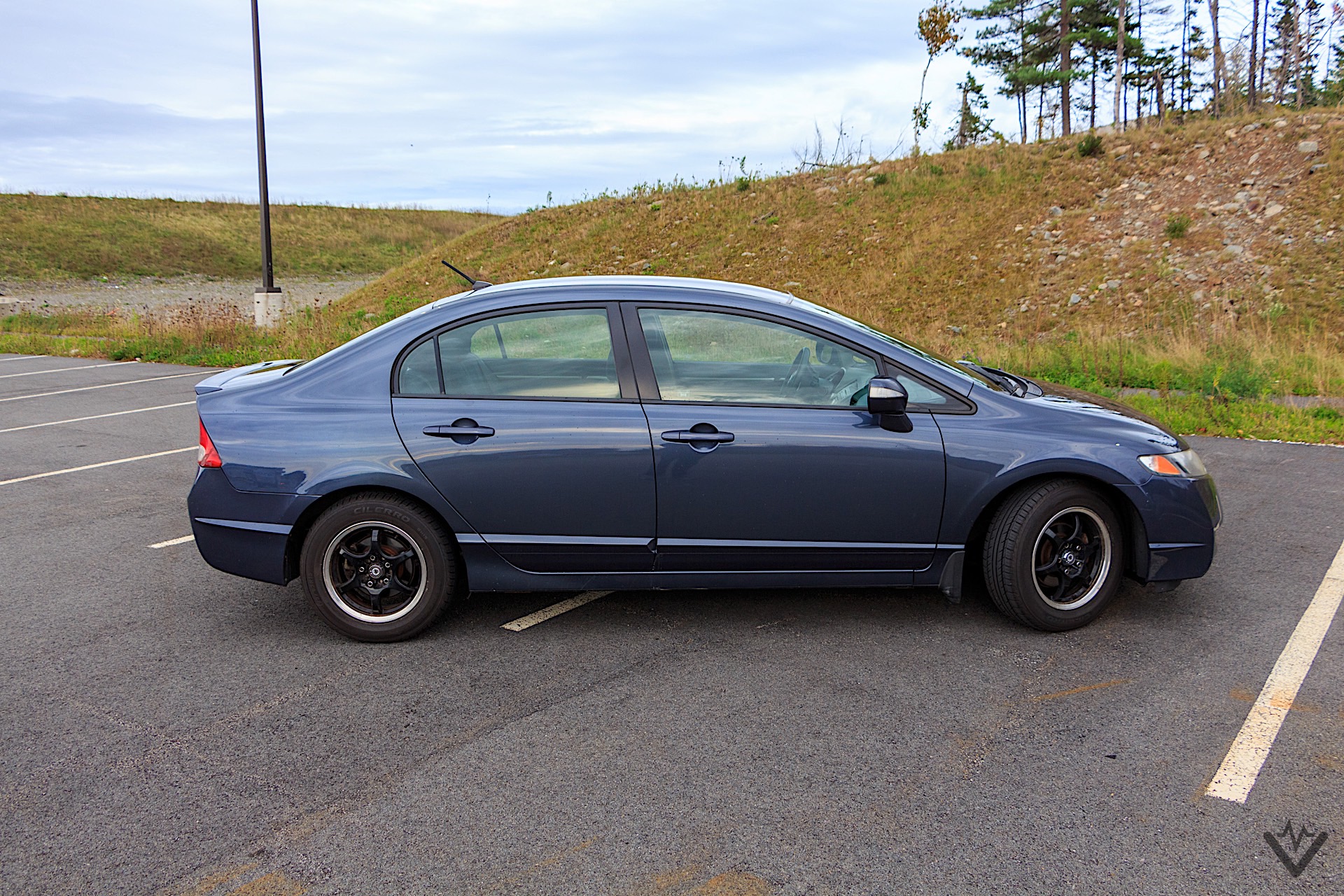
A few things I learned about the car before I bought it surprised me. While it was close to two years old, it had only been in service for 18 months, and 6 of those were sitting at this dealer. The latter, as anyone who has looked into the HCHII knows, means that the battery is on borrowed time. A strange quirk, seemingly unique to this model and mentioned in the manual, though ignored by countless used car dealers, if the car sits for more than about a month, the battery will fail within a year or so.
OK, that’s not exactly what the manual says, but it does say that it will reduce battery life. In the last six months, this car had covered about 200 miles, mostly moving around the lot. So I bought it knowing that it was a race between the battery dying and me hitting the mileage limit of the warranty. I won, but I’ll get back to that.
When I bought it, the thing I liked best was that it was a Civic that used less fuel, unlike the look-at-me-Prius.
When I bought it, the thing I liked best was that it was a Civic that used less fuel, unlike the look-at-me-Prius. I wasn’t a fan of the CVT or the 20 hp electric motor. It was also the CVT I was most worried about leading to an expensive failure. Turns out that was nothing to worry about.
What was the first thing I did with this car, other than drive it extensively around the province? I took it racing. Sort of.

I had always wanted to drive on the track, but a car I was still paying for didn’t seem like the best way to do that. Instead, I discovered autocross, which offered at the limit driving at lower speeds and for shorter distances. One outing and I was hooked, and that lead to a set of Toyo road-legal slicks that made the HCHII a shockingly quick car.
Thanks to the torque, tires, and CVT, I could outpace much faster machines (like Nissan GT-R’s and Porsches) on the tighter courses (I’d put some of the blame on the other drivers, too). I competed with this car for three seasons, picking up class trophies each year.
Of course, that doesn’t have much of a bearing for most electrified drivers, but I want to give you the full range of experience this car saw. It commuted long distances, saw even longer road trips, and it was thrashed on the weekends.
With fresh factory Firestone tires, this car started on my daily commute returning around 47 mpg. The MPG gauge matched my math, something you figure out quickly running three or more full tanks a week, and that continued for quite some time. On the weekends, when driving back highways with speeds in the low 50s instead of highways at 70 mph, the fuel economy got even better. I’d see more than 50 mpg on the rare occasion, but never for a full tank.
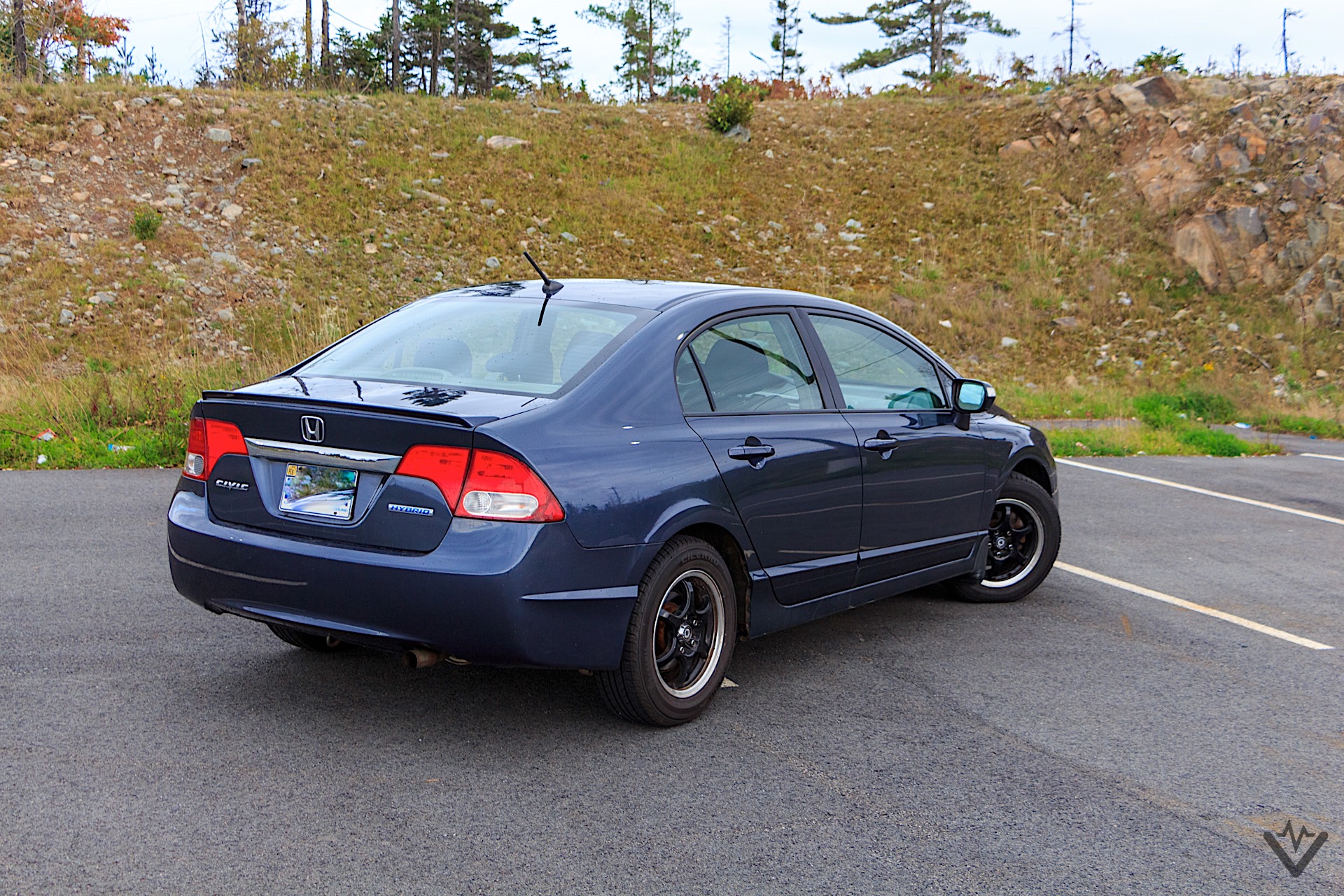
I turned my boring commutes into a hypermiling challenge, or at least as much as possible without becoming a rolling chicane on the two-lane highway that made up most of my route. Want to know how many times I used the brakes in my commute? As few as three if there wasn’t too much traffic. I could eliminate one of those stops, too, by making a long coast up to a stop sign, but I didn’t have that much patience most days.
I learned that if you were stopping very briefly, or not quite stopping at all, say at a yield sign, you could drop the CVT into S mode and it would disengage auto start stop. S would also increase regen braking, letting me maintain speed on descents and make maximum use of my momentum of offramps and at stop signs.
My best full tank, looking back on the records, was 48 mpg, a figure not too shabby for a car with a 20 hp electric motor and a 1.3-liter engine that ran to redline for minutes at a time on every hill (with the cruise control, at least). When running that hard the engine made heat, something it could never do at idle (an issue common to all modern small-engine Hondas).
Despite that figure, I never topped 500 miles on a tank. Normally, thanks to distances between stations and my schedule, it was closer to 400 miles or less. Sometimes a lot less, especially in winter when the heavy winter wheels and winter tires could drop economy into the high 30s. A snowstorm could make that even worse, but it’s hard to blame the car for needing more energy to push through six inches of snow. Less hard to blame was the aerodynamic undertray, which broke off in just my third snowstorm, requiring loads of expensive (and then quickly re-destroyed at services) clips to be replaced.
Then, around 74,000 miles, it finally happened: The dreaded repeated “recalibration” of the battery all Civic hybrid owners feared.
Services were frequent, too, coming in around every six weeks or about 8,000 miles when the Maintenance Minder lit up. Three liters of 0W20 wasn’t exactly expensive, so I didn’t mind. Less convenient was the transmission fluid change, again three liters but $20 each. A dealer service was nearly $200, but it was a 10-minute solo job. Extra fortunate since by the time I traded the car I was replacing it with every oil change.
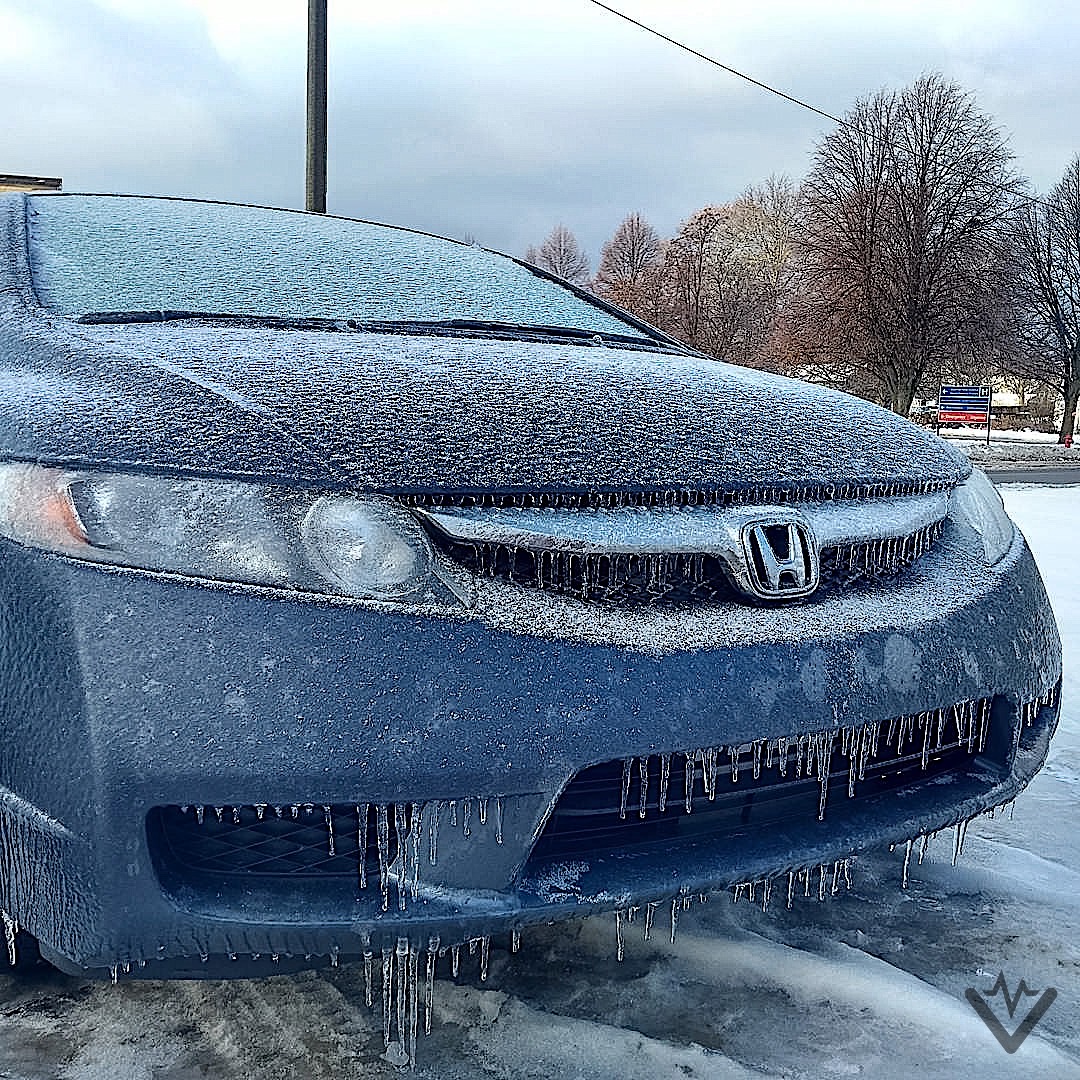
Then, around 74,000 miles, it finally happened: The dreaded repeated “recalibration” of the battery all Civic hybrid owners feared. The charge level would go to full, then slowly drop to nothing within a mile or two. Then stay at nothing for a few more miles and slowly climb back to the top. During that time, there was no electric assist. Even worse for the 90 hp 1.3-liter gas four — and my local steep hills — the car would divert three lines of power to charging the battery which made it an absolute slug as far as acceleration.
When it started happening on every single hill, I took video and headed into my Honda dealer. While the IMA light (Integrated Motor Assist) wasn’t on — normally a prerequisite for a battery change — they agreed there was a failure and replaced the battery within a couple of days.
My invoice, though I can’t find it at the moment, showed that the replacement battery cost about $6,500 and the total bill with tax a little over $8,000. Would the car have been scrapped had it been on my dime? No, for two reasons. One, the car will run fine even with an almost dead battery (it’ll run for a while with no high-voltage battery at all), and two, an aftermarket battery would have cost around $2,000 at the time and taken me a couple of hours to swap. Today, a new replacement pack can be had for $1,500.
READ ALSO: 2021 Toyota Prius review
The dead battery gave me one of the biggest shocks of my entire time with the car, but not because of that bill. The Civic hybrid, like many other hybrid models, uses the electric motor to start the engine. The engine fires almost instantly, with none of the slow cranking of a normal car, but it still has a 12-volt conventional starter.
My last day before battery replacement that starter brought the car to life. So used to silent starts I thought something had failed spectacularly until I remembered the backup system. I would only hear that sound three more times over the life of the car. One a -30° frozen morning, the other two with the big battery disconnected so that a repair needing welding could be made.
MPG was back from 35 to the 40s, and I wasn’t driving up every hill while charging. That continued, tank after tank, mile after mile. The only intrusion was that the closer I got to CVT fluid service time, the more the rubber-band CVT effect worsened — starting to shudder from a stop on a hill. More frequent changes solved the problem, though slowly the intervals would shrink.
At 150,000 miles, it was time for the first big mechanical repair. The rear brakes, not often used, had worn to the wear indicators. Worse, the rear rotors had been scored badly. See, the brake pads might last forever, but they still need servicing on hybrids and EVs. Especially if you don’t use them. I ended up needing calipers, rotors, and pads because I hadn’t had the sliders greased or the piston checked since I had purchased the car 120,000 miles before.
Five Canadian winters and those miles meant everything was in bad shape. The replacement calipers seized out of the box, but that’s not uncommon with “remanufactured” parts. The warranty replacements for those (and new pads again) fixed the issue though the lower quality parts I used meant new rotors and pads once more before I sold the car.
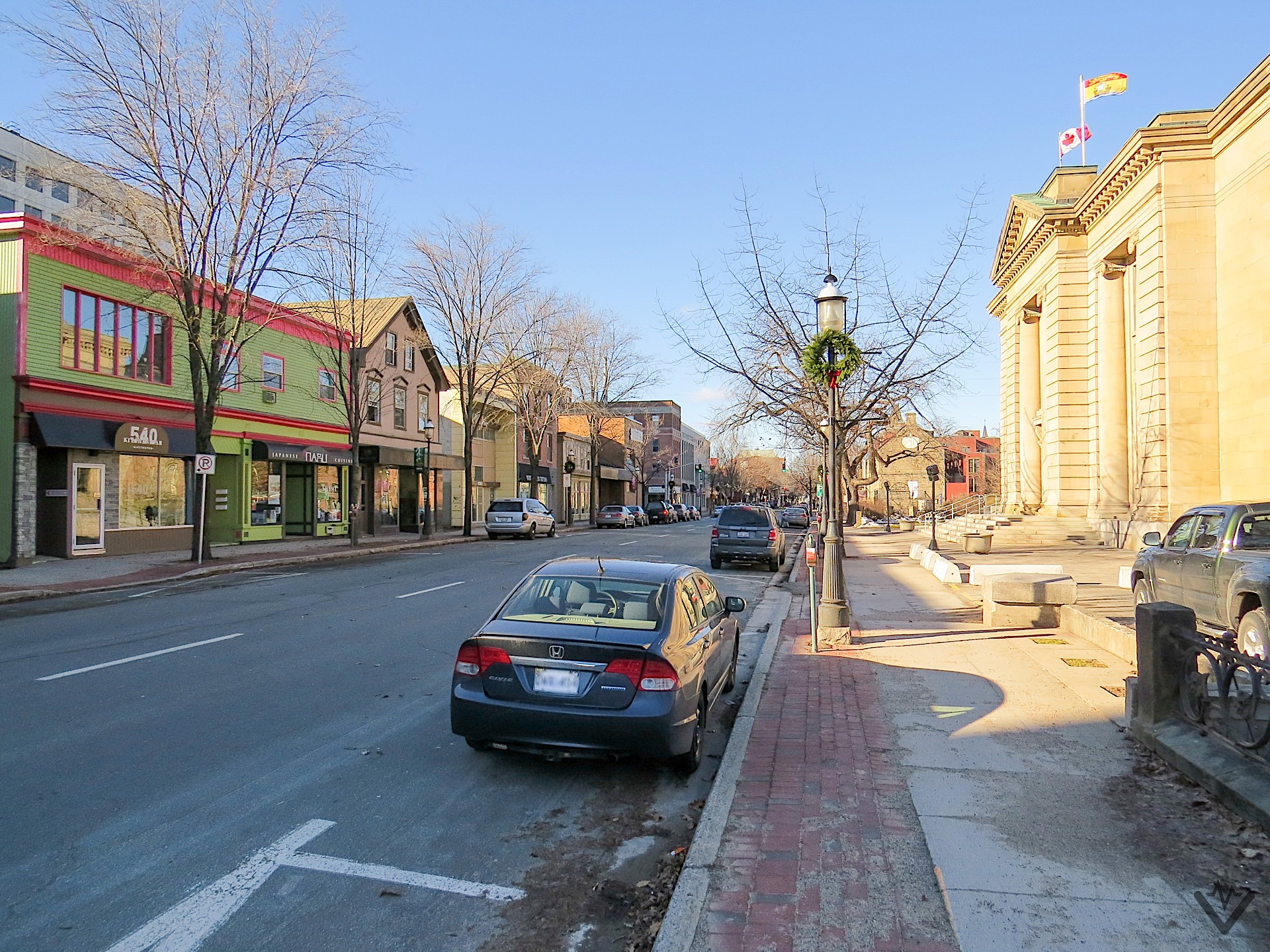
The front pads lasted even longer despite their autocross use, not needing replacement until around 180,000 miles. So long had they been on the car that the bolt-holes in the rotors were no longer large enough to come off the studs. I had to cut both rotors off, which took me a week of evenings. What I’m trying to say is service your brakes before they break, even if everything seems fine.
What I’m trying to say is service your brakes before they break, even if everything seems fine.
The 12-volt battery said farewell at around the seven years from new mark, suddenly on a night well below freezing. The car would still start, but the lights wouldn’t work (including the dash and digital speedometer) and it misfired like I had swapped the timing order. I had it towed home and replaced the battery with no issues the next day.
Somewhere near 80,000 miles, I replaced the factory rear sway bar with the thicker unit from a Civic Si. This made handling much crisper and made the car more enjoyable to drive. Later, when the sway bar links needed replacing and I made a mess up of the job, the car drove just fine with no rear bar at all, though it was clearly much softer. One day I drove it around the neighborhood with no muffler, just to see what it would sound like, and it was still the quietest car in the area.
A little over a year into my ownership, the car was in its first crash. I was sitting in a drive-thru waiting for an unusually slow order taker when the Honda CR-V in front of me in line decided he wanted out. In reverse. I hit the horn, but the spare tire and hitch hit me harder requiring a bumper and a hood. The shop that did the paintwork did an exceptional job of matching the difficult color shifting paint. I’d later get the trunk repainted as the result of a factory recall, and the entire rear end three years after that.
It was otherwise nearly flawless, except that I hated it.
Because a country drive saw well over 40 mpg, and my previous car was lucky to hit 30, I was doing far more driving than just to work and back. My wife and I spent each weekend driving all over the province and I ended up with around 48,000 miles a year in each of the first two years I owned the car and that meant plenty of sets of tires. If you’re working the math on the numbers, I later moved somewhat closer to the office so totals slowed down. While I won’t get into brand selection here, buy low rolling resistance tires for your vehicle. Two of the many summer sets I purchased were not, and it would have been cheaper to have taken them home, thrown them in the garbage, and bought a better set than it was to run them to end of life.
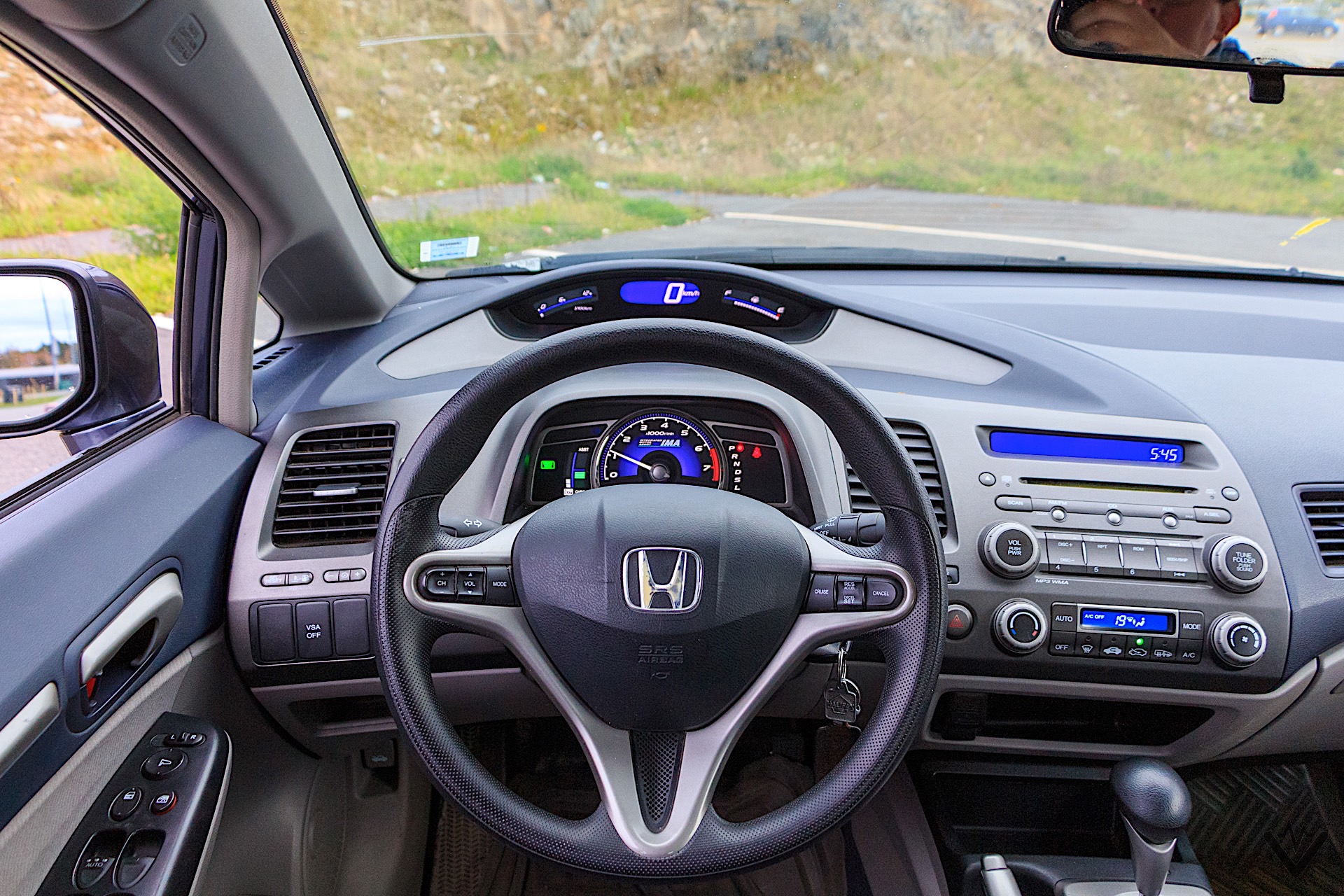
After that warranty battery replacement, my car saw the inside of a shop only for annual inspections and the air bag recall that afflicted nearly every 2000s car built, since I did the rest at home. It was otherwise nearly flawless, except that I hated it.
This little car had no soul. 90 hp plus 20 or so from the electric boost made it incredibly sluggish and an exercise in frustration when passing or merging. A momentum car isn’t great on the street, and the rubber-banding CVT that recovered less and less every fluid change was frustrating to someone who loves driving. But it wouldn’t break. Ever. It just kept going, and even with the bad tires I was still getting fuel economy in the very high 30s, and so it was hard to fault. If you wanted an appliance, this was it. As the odometer continued to tick over, even the wonderful blue interior showed less wear when I traded it in than the 2018 Civic that replaced it shows now at 20,000 miles.
One June day, at 163,000 miles, I was home sick with a flu-like bug. Somewhat dehydrated and hungry I went to the grocery store to pick up some Gatorade and some other things to help feel better. The intersection leaving the store is poorly laid out, with a crosswalk very far to the left, well out of where you would normally look. Aware of that crosswalk, I stopped to ensure the woman crossing could do so safely. The Ford Ranger that was about five seconds behind me did not, and struck the left-rear of the car. Hard. A jolt of adrenaline, a firm stomp on the pedal to make sure I wasn’t pushed into the pedestrian (whom the truck would undoubtedly have hit) and an exchange of insurance information later and I thought that my time with Heidi (the Hybrid) was over. A crumpled rear quarter panel that let me see into the trunk surely would total this car that was only worth $13,000, 130,000 miles and four years ago, right?
FORBIDDEN FRUIT: Kia Soul EV driven
It turns out that somewhere in the middle there, the depreciation curve stopped. I said the car had no soul, but knew there was no way to get anything in that condition for the pittance I expected from insurance and that was confirmed when I got a $9,000 estimate from the body shop. That was, until the adjuster called and said they were going to fix it. Suddenly I didn’t want it fixed, in hopes of a payday, but they spend a month and nearly five figures eventually bringing the car back to what it was before. Almost, at least. It needed a few trips back to be made right. So now it was a high-mileage car that had been almost entirely painted. Even better, it was rust free — on the body at least.
At 180,000 miles, shortly after the brakes, it was time for my first big spend on the car. The rear shocks, still original, were leaking and a front tie rod was on the edge of acceptable play. So I went big and replaced the entire suspension, along with inner and outer tie-rods. I upgraded from someone who was lowering their nearly-new Civic Si and got an entirely new vehicle, at least in the handling department, for less than a decent set of tires.
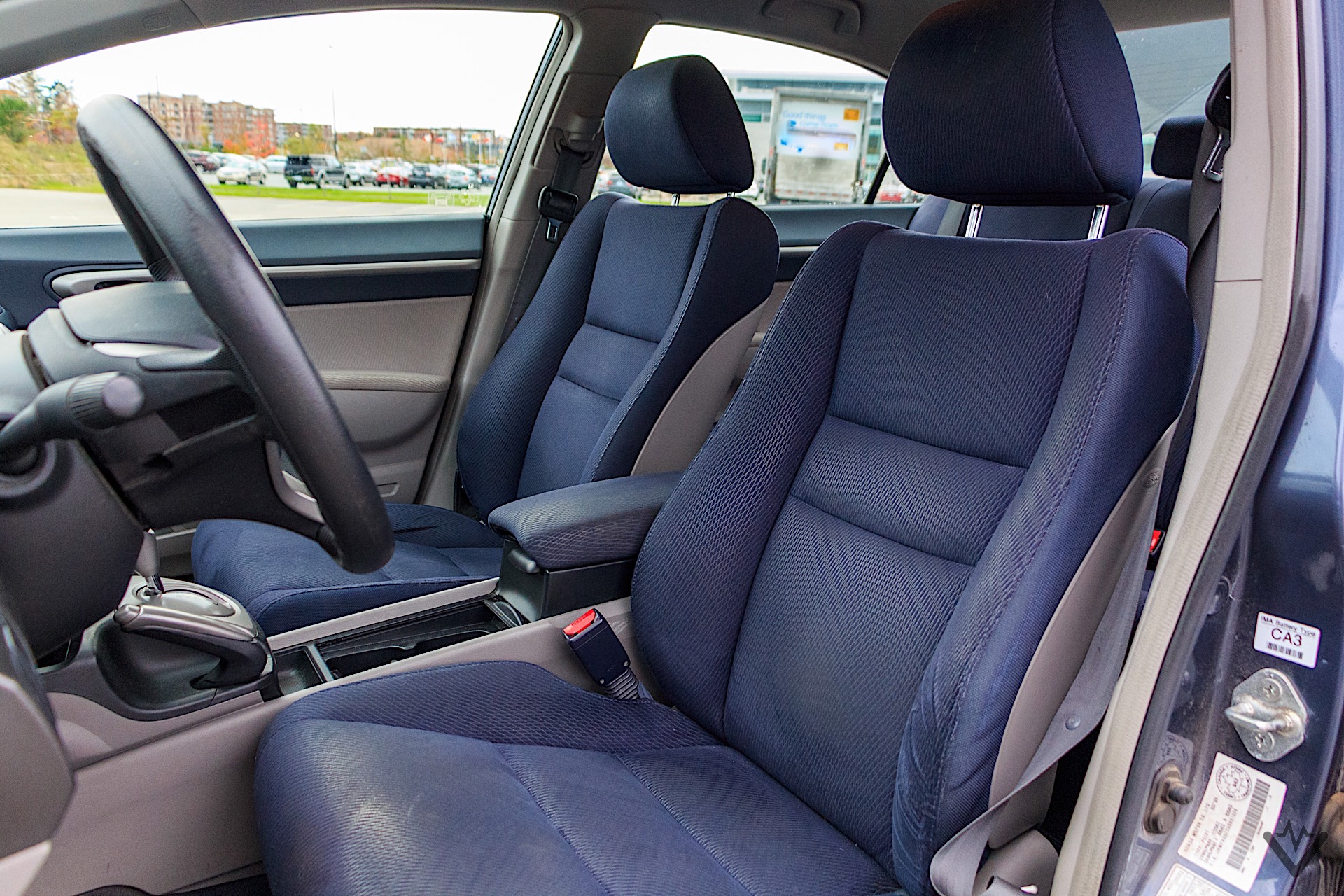
I’ve always recommended some toys as a way to rekindle your enthusiasm for a vehicle, and a swap like this happens to be one of the perks of having your electric and your gas cars share a chassis, too. Imagine putting some Golf GTI bits onto an e-Golf or an ID. 3 and you get the picture.
Finally, at a little over 210,000 miles and eight years of ownership, I was done. It wasn’t just the mileage, which had trickled down to the mid 30s thanks to factors I could never really figure out, nor was it the air conditioning, which was never exactly strong in this car and slashed another 5 mpg (and what felt like half of the horsepower) if I had it running full blast. It was just time. I was now working from home, driving different vehicles most weeks, and had spent the last two or three years with annual distances down to 10,000 miles or so.
This hybrid, often regarded as one of the worst hybrid cars ever made, was with me for a total of eight years and had more than 210,000 on the clock and had basically been flawless.
Expecting a joke offer for a trade, I went to my local Honda dealer and found out they wouldn’t even take the car. Fortunately, another store a little further away gave me a much better offer, had it sold the next week, and that was it.
I know that this hasn’t been an eventful tale, but really that’s the point. This hybrid, often regarded as one of the worst hybrid cars ever made, was with me for a total of eight years and had more than 210,000 on the clock and had basically been flawless. The CVT shudder could have been fixed with a new clutch set, but it didn’t seem worth the bother.
Basic maintenance and a large warranty repair that I both expected at purchase and could have solved myself for peanuts, was it. Hybrid and electric cars, especially from established brands, are nothing to be afraid of.
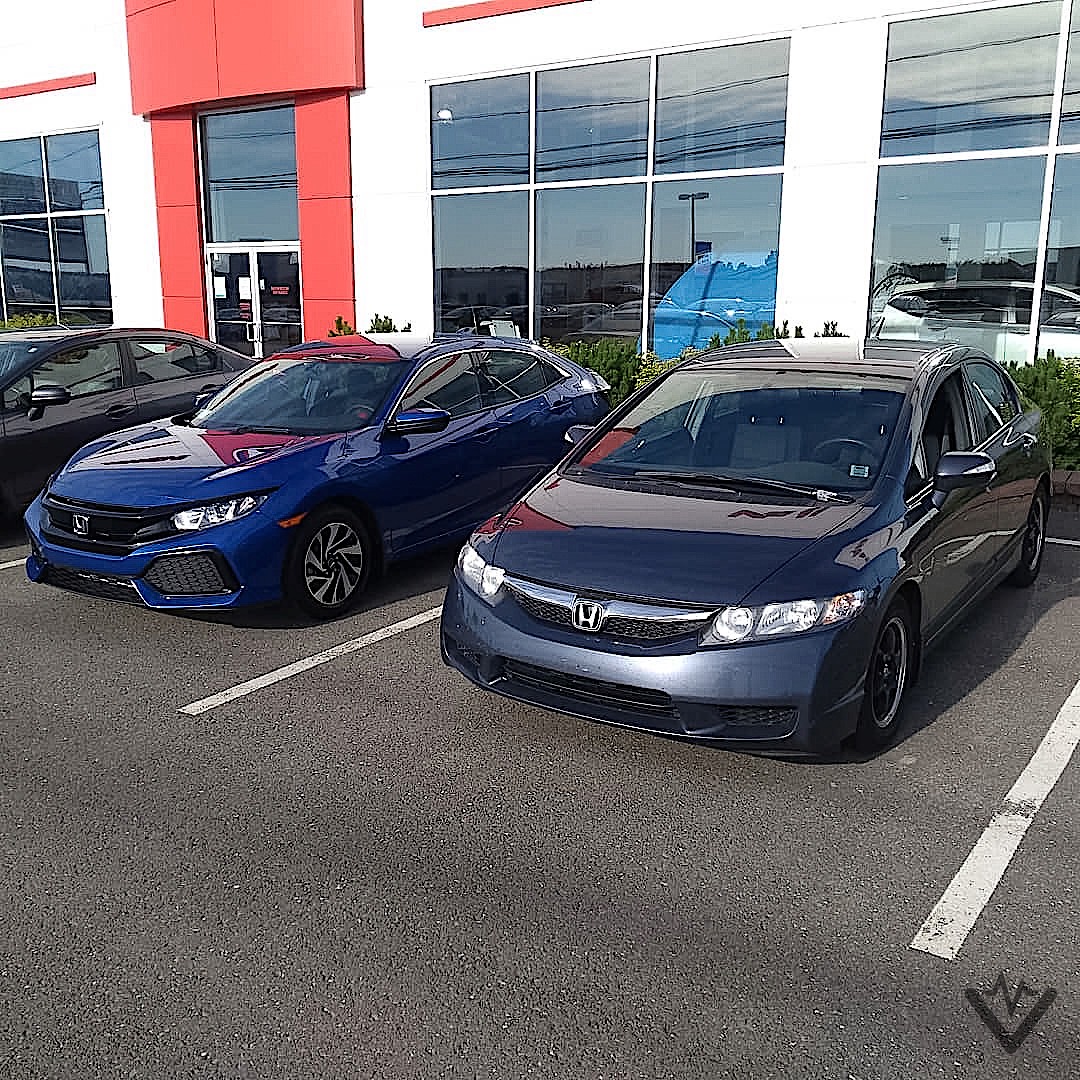
Can I guarantee you the same boring and long life? Of course not. But I can guarantee you that everything but the power system is just like the gas cars and trucks they build in the tens of millions every year. Add that with at least an eight-year warranty on the electrics and they’re built to last. If you price out a new medium range EV battery pack, you’ll probably find the price not far off of what a new engine costs at the dealer.
To get some closure on this story, I ran a vehicle history check to see what had happened to Heidi in the two and a half years since I traded it in. The records say it’s still on the road, just getting a new registration this fall. There’s no mileage from then, but the car should be well over 250,000 miles now and seems to still be running strong. So don’t fear new tech, embrace it.
